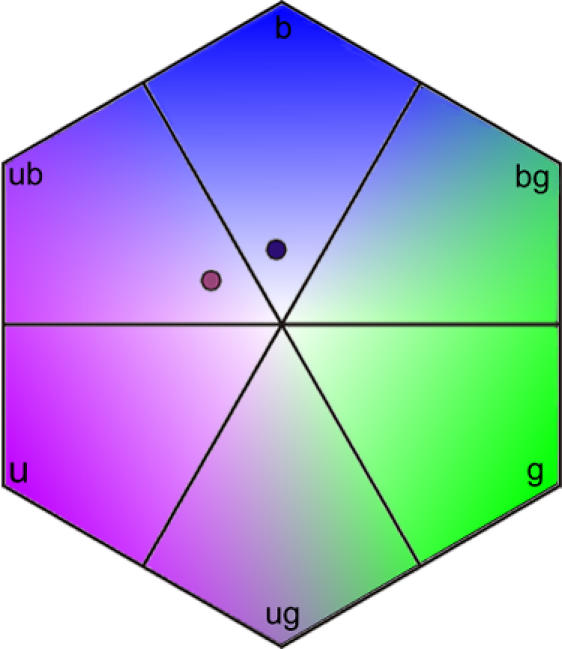Figure 2. Bee colour hexagon with colour loci of the two flower colours tested.

The point generated by a coloured object within the hexagon informs us how bees will perceive the object through their ultraviolet, blue and green photoreceptors, and through further processing of receptor signals in the central nervous system. Each object, such as a flower, is categorised into one of the six bee-subjective colour categories defined by the colour hexagon (ultraviolet (u), UV-blue (ub), blue (b), blue-green (bg), green (g), and UV-green (ug)), depending on which of the three colour receptors of bees (UV, blue or green) they stimulated most strongly [28], [46]. Hence, colours are categorised as bee-blue if they stimulate the bees' blue receptors substantially more strongly than the UV and green receptors, and are categorised as UV-blue if they stimulate the UV and blue receptors more or less equally strongly, but stimulate the green receptor very little, etc. The spectral reflectance of the violet (bee UV-blue) and blue (bee blue) artificial flowers colours was quantified for the spectral properties of the fluorescent lighting used in laboratory colour tests (Fig. 1), and converted into colour loci in bee colour space [28], [48]. These bee-subjective colour loci for the two artificial flower colours used in the laboratory preference tests are indicated by circles coloured as they would appear to humans. The distance between loci for these flower colours is approximately 0.3 colour hexagon units: distances of 0.2 and above are considered easily distinguishable for bumblebees [12], [49].
